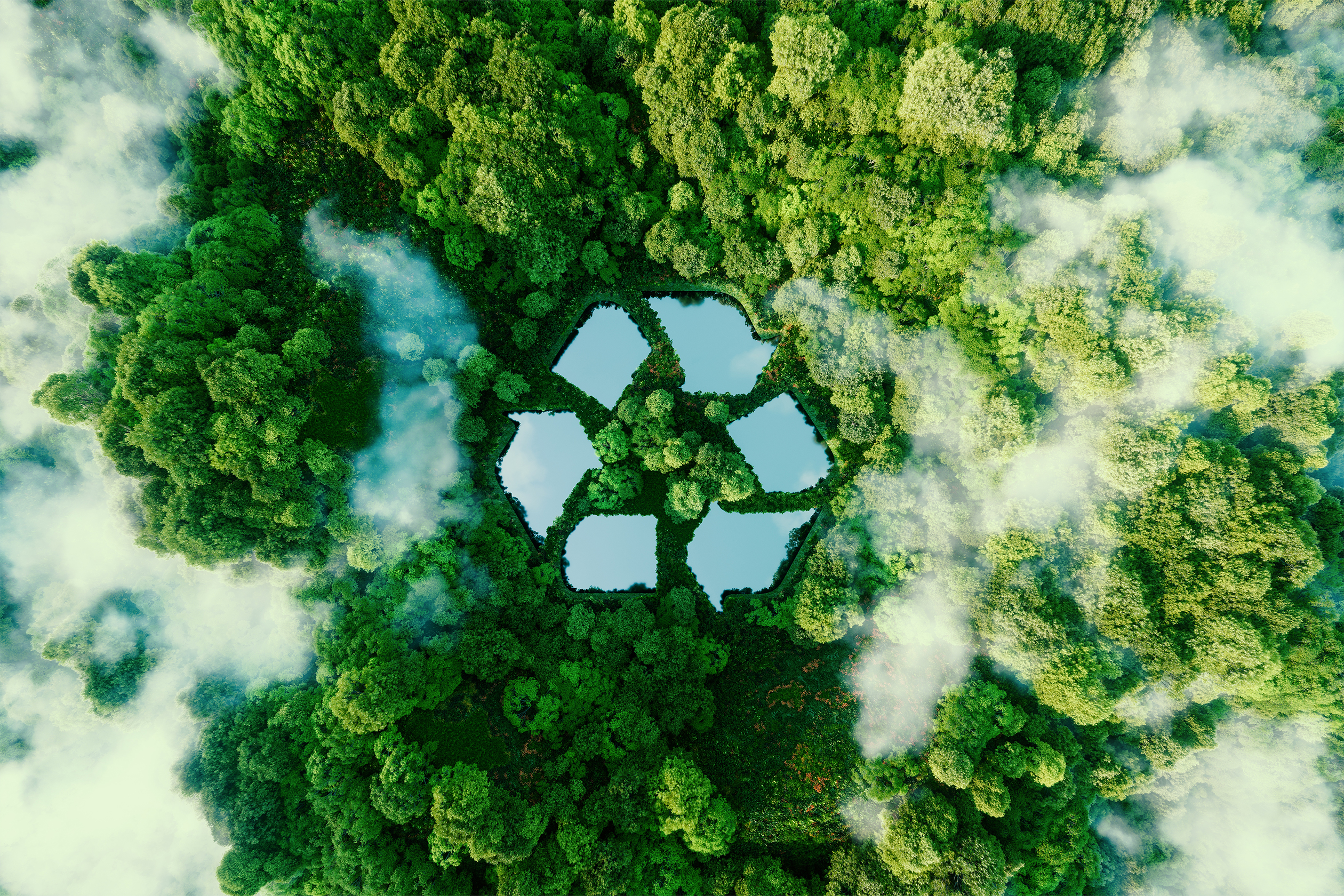When you’re searching for natural and eco-friendly cleaning products for your home or business, it tends to also come with a desire to reduce your footprint on the earth. This means also being conscious of the packaging these products come in.
What cleaning product packaging materials are actually recyclable?
At Tri Nature, we are very aware of the important role our packaging and manufacturing practices play in our own footprint. Some eco-practices get more airtime than others, even if they aren’t always the best overall choice, or can create confusion in the eco habits we adopt. Recycling is very often one of those misunderstood practices that is very effective when done right. Practiced incorrectly, it can override your good intentions.
Which cleaning product packaging materials can you recycle?
The choice of packaging material used for cleaning products is generally determined by the product type and the stability of the product in that packaging type. If multiple options are available other variables such as cost, safety, and ability to be recycled come into play. Whilst on the surface there are packaging options that seem more recyclable, when other factors such as energy consumption for recycling, and transport emissions are considered it becomes far less clear which is the best.
Below are the most common packaging materials used for cleaning products, and their recyclable status:
Plastic
Plastic does have a bad reputation in the market for not being eco-friendly. However, did you know that while plastic certainly accounts for its fair share of significant issues in our environment, the plastic packaging typically used for non-food items such as your eco-cleaning products is recyclable? Cleaning products are generally packaged in either PET or HDPE plastics and these plastics are easily recyclable in our household recycling (yellow) bins. There is also very little effort or preparation involved in being able to recycle these products and the energy required to recycle plastics is lower than that required for glass or aluminium.
Glass
Glass as a packaging choice ebbs and flows in popularity. It is much more expensive for companies to manufacture and also poses a safety issue as it can easily break if dropped or bumped. It is also heavier to transport than plastic or aluminium and this increases transport emissions. It is however completely recyclable and can often be upcycled and reused at home before it is recycled. If you’re going to genuinely reuse glass packaging, it is a very eco-friendly option. However, the process that goes into making and recycling glass packaging uses a lot of energy and resources, and if glass packaging is not repurposed and instead generically recycled and then rebought, it might not be as sustainable as you expected it to be.
Aluminium
In terms of cleaning product packaging, there aren’t many aluminium options out there. Aluminium is not particularly suitable for cleaning products and even the mildest formulas can sometimes cause an issue with the packaging integrity. It is a highly recyclable material and in fact, it is endlessly recyclable without ever deteriorating, however, the energy required to recycle aluminium is much higher than that required for plastic recycling.
Soft plastics
Soft plastics are less commonly used for cleaning products than the more rigid plastics used in bottles but are sometimes used for refill pouches and bags. Of all the types of plastic, soft plastics are recycled the least because typically they cannot go in your domestic recycling bin, and instead will need to be taken to a specific drop point. Programs such as REDcycle (link?) allow for soft plastics to be recycled by dropping them off at major supermarkets. Soft plastic recycling is also offered at some waste management facilities and there are currently trials (such as Curby It (link?)) underway to trial soft plastic recycling via your household recycling bin.
Silicone
Silicone is used for some cleaning product refill pouches and is generally considered a durable, eco-friendly material. However, there are few if any options available to recycle silicone pouches. It is a strong material, so re-use is an option for a time, but a fairly vigorous cleaning procedure is required to ensure it is a suitable, sustainable container for refills. Silicone also uses non-renewable resources to be created and is not biodegradable.
What does Tri Nature choose?
After extensive research and many years of trial and error, our choice is to predominantly use PET and HDPE plastics, which are fully recyclable, use less energy to recycle, and are lightweight thus reducing transport emissions. We also use a small amount of glass and soft plastic packaging for selected products.
While some companies have utilised a return and refill model we decided that this was not a suitable model for us. The amount of energy and water required in the cleaning process to make containers suitable for reuse, along with the emissions released when transporting empty containers outweighed any environmental benefit gained when reusing containers.
At Tri Nature, we also focus on helping our customers reduce their packaging footprint by offering concentrated formulas that can be easily diluted for use at home. By utilising our concentrates, our customers are able to limit their plastic consumption and for some products, a single bottle can last for up to a year.



